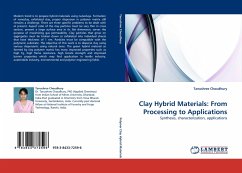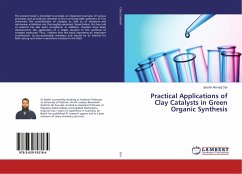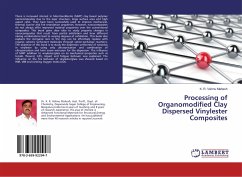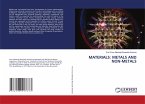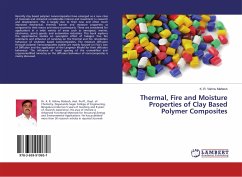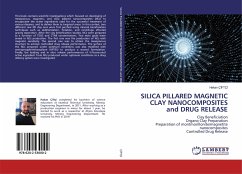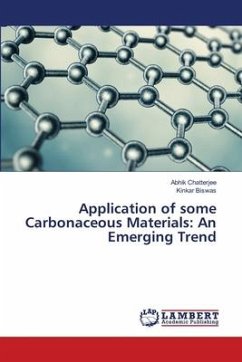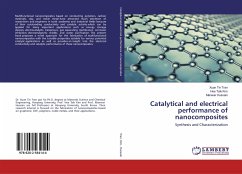Modern trend is to prepare hybrid materials using nanoclays. Formation of nanoclay, exfoliated clay, proper dispersion in polymer matrix still remains a challenge. There are three specific problems to be dealt with at present. Aspect ratio of the clay particles must be very thin in cross section, present a large surface area in its flat dimension, serves the purpose of maximizing gas permeability. Clay particles that grow on aggregates must be broken down or exfoliated into individual sheets that have thickness of 1 nm. Particles must be compatible with the polymeric substrate. The objective of this work is to disperse clay using various dispersants using natural ones. The green hybrid material so formed by clay polymer matrix has many improved properties such as high Tg, high flame resistance, high tensile strength and improved barrier properties which may find application in textile industry, automobile industry, environmental and polymer engineering fields.
Bitte wählen Sie Ihr Anliegen aus.
Rechnungen
Retourenschein anfordern
Bestellstatus
Storno

